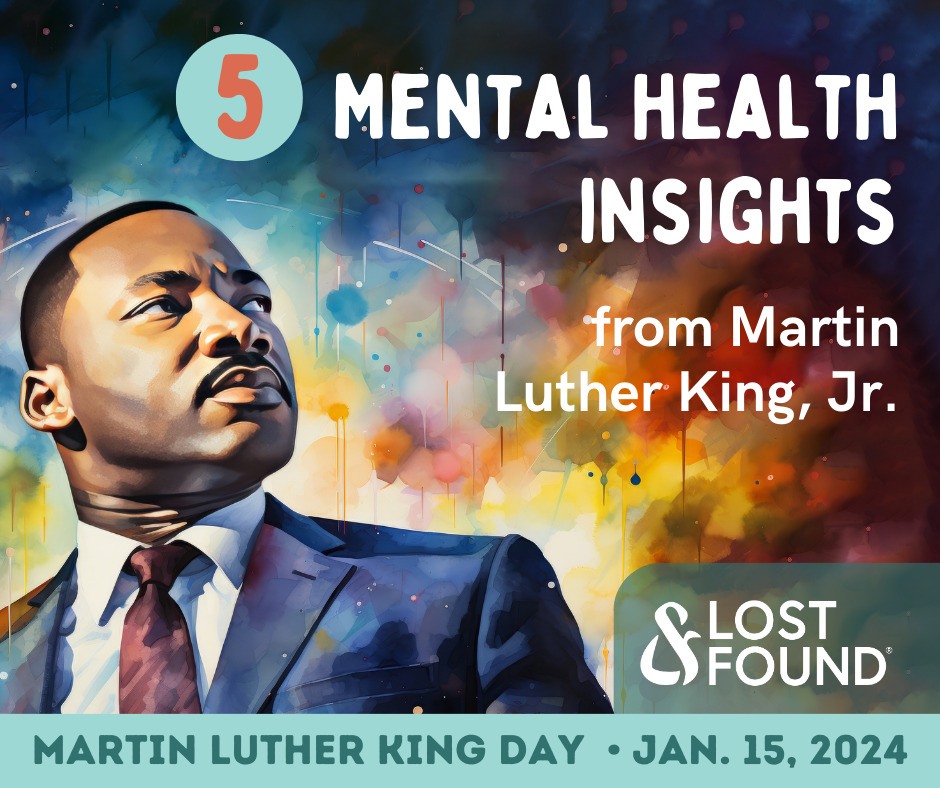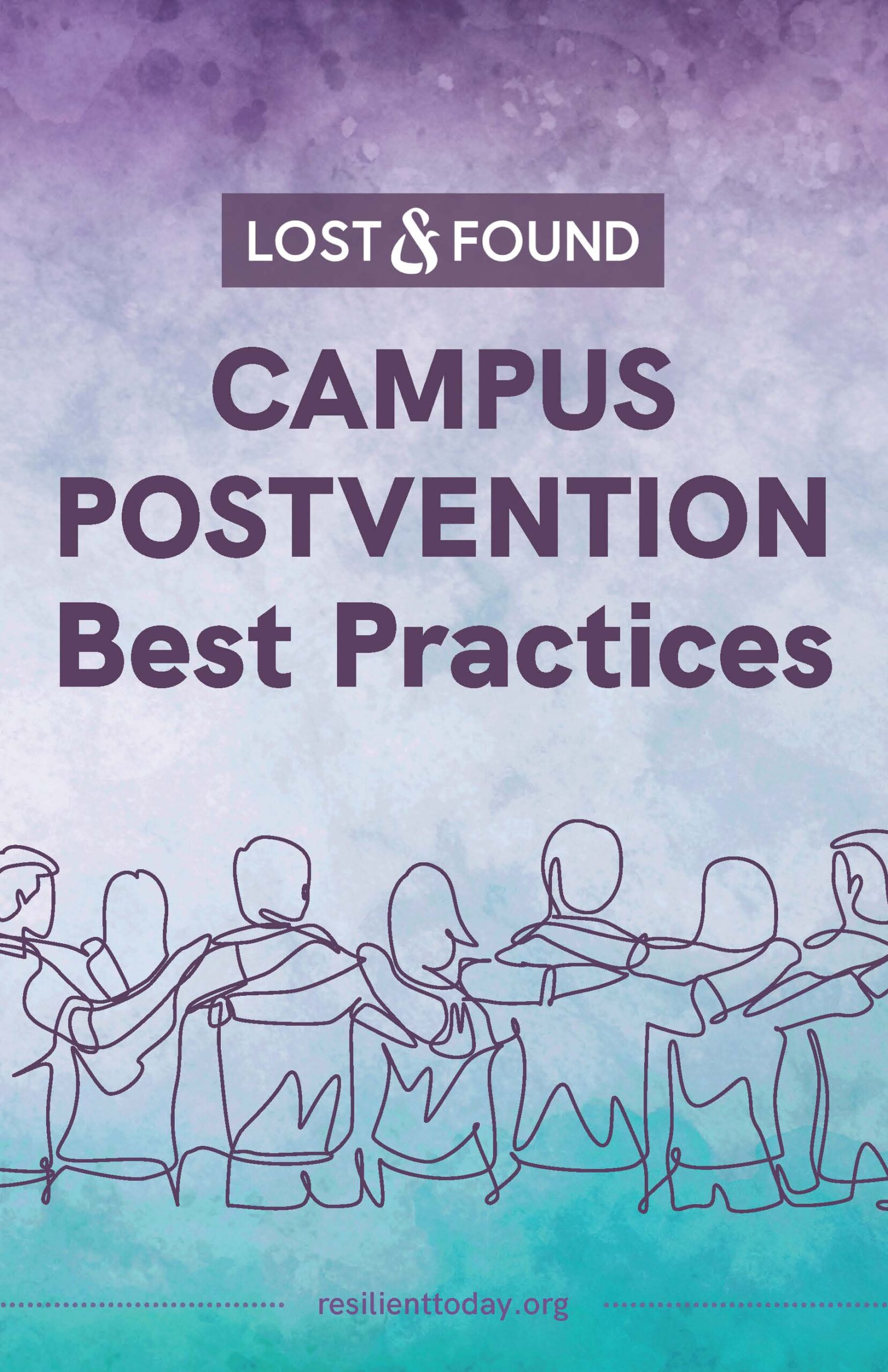
“Our lives begin to end the day we become silent about things that matter.” —Martin Luther King, Jr.
In the wealth of wisdom that Martin Luther King, Jr. shared throughout his life, we can find few words that address mental health directly. The circumstances of his life, however, provide insights about mental health, resilience, and suicide prevention. An article titled “What Martin Luther King, Jr. Knew But Never Said” by Dr. Kathleen M. Pike from the Columbia University Global Mental Health Programs highlights five key insights:
- MLK attempted suicide twice in his youth. The fact that he did not die in those attempts shows the importance of limiting access to lethal means—had he had access to more lethal means during his times of suicidal ideation, he might not have grown up to change the world.
- Although MLK was never officially diagnosed with depression, historians agree he suffered from it. Considering the stress and trauma he endured in his life, this is not surprising, as both increase the risk of depression.
- MLK tried to keep his depression from being known publicly, as he worried that it would affect his ability to lead and advance the cause of civil rights. Although the stigma around mental health has lessened in recent years, it still keeps people from acknowledging concerns or seeking help.
- Systemic issues such as racism and discrimination affect mental health, which was true in MLK’s time and remains a factor today. “Reports from the US Office of Minority Health indicate that Black American adults are 20% more likely to report serious psychological distress than White adults,” Dr. Pike writes.
- Mental illness was a part of MLK’s meaningful, successful life. This can be true for many successful people—struggles with mental health can affect anyone, no matter how accomplished that person might be.
Read more about each of these five insights in the full article: What Martin Luther King, Jr. Knew But Never Said – Columbia University Global Mental Health Programs (cugmhp.org)

